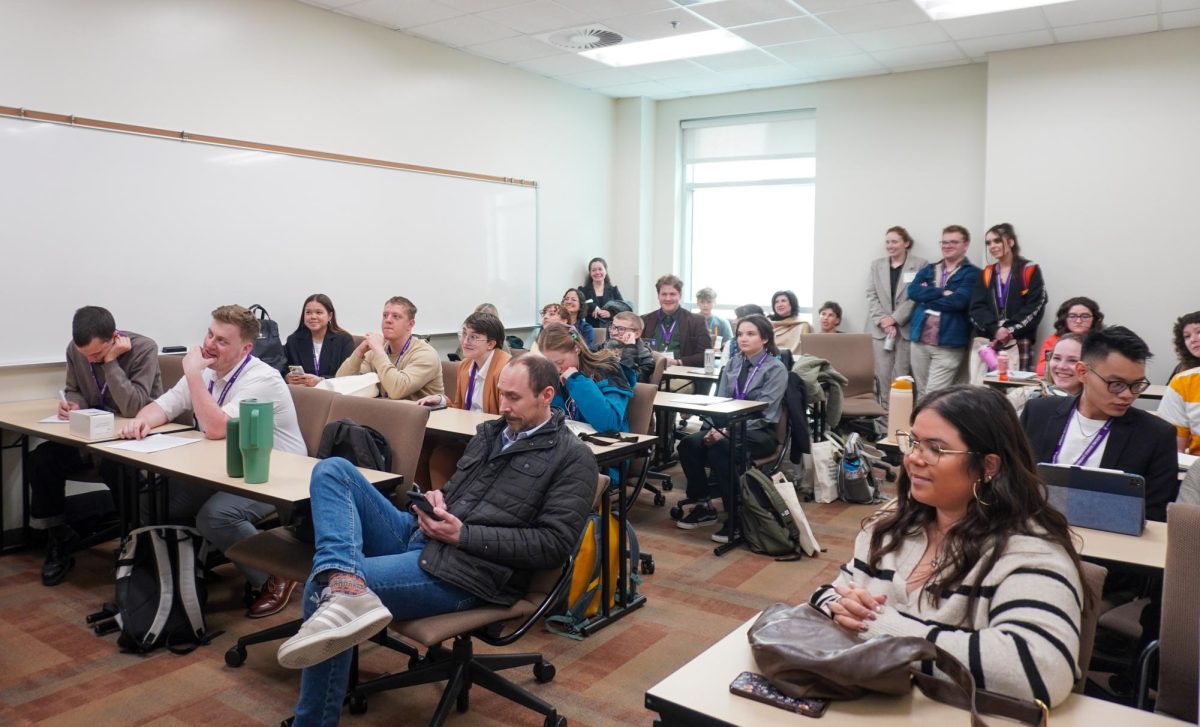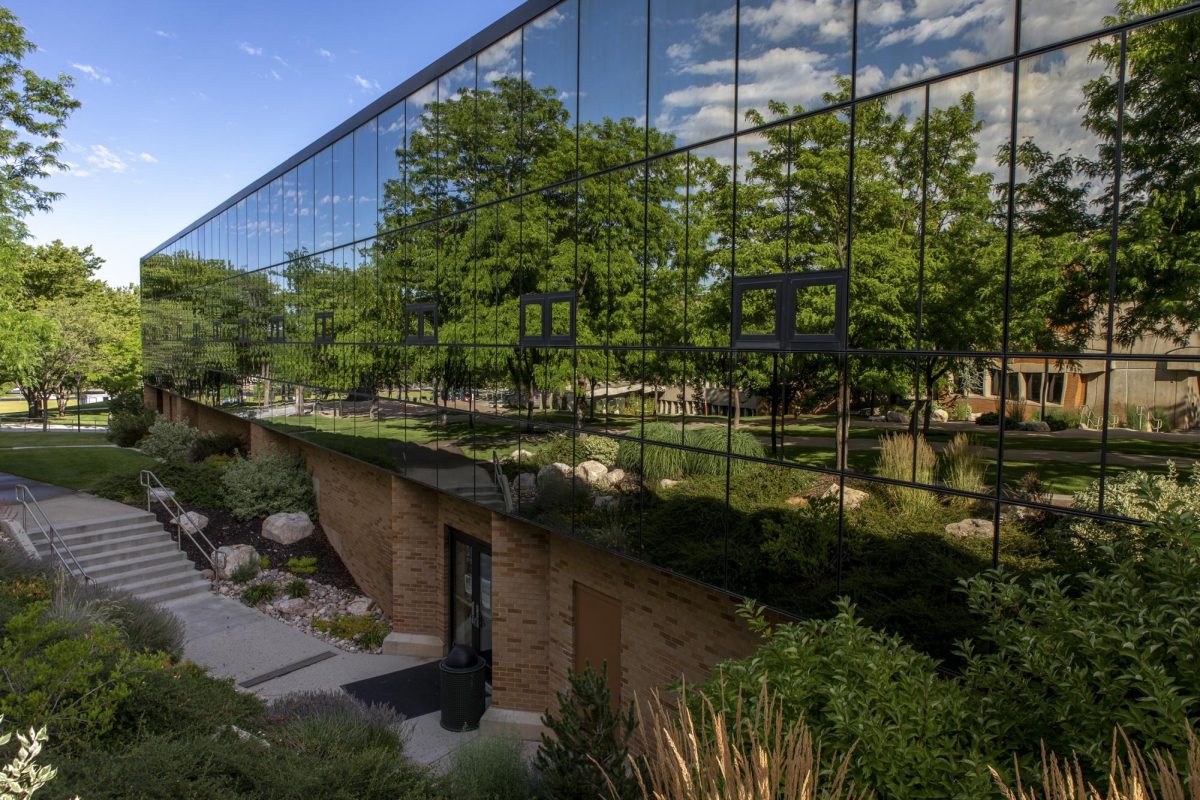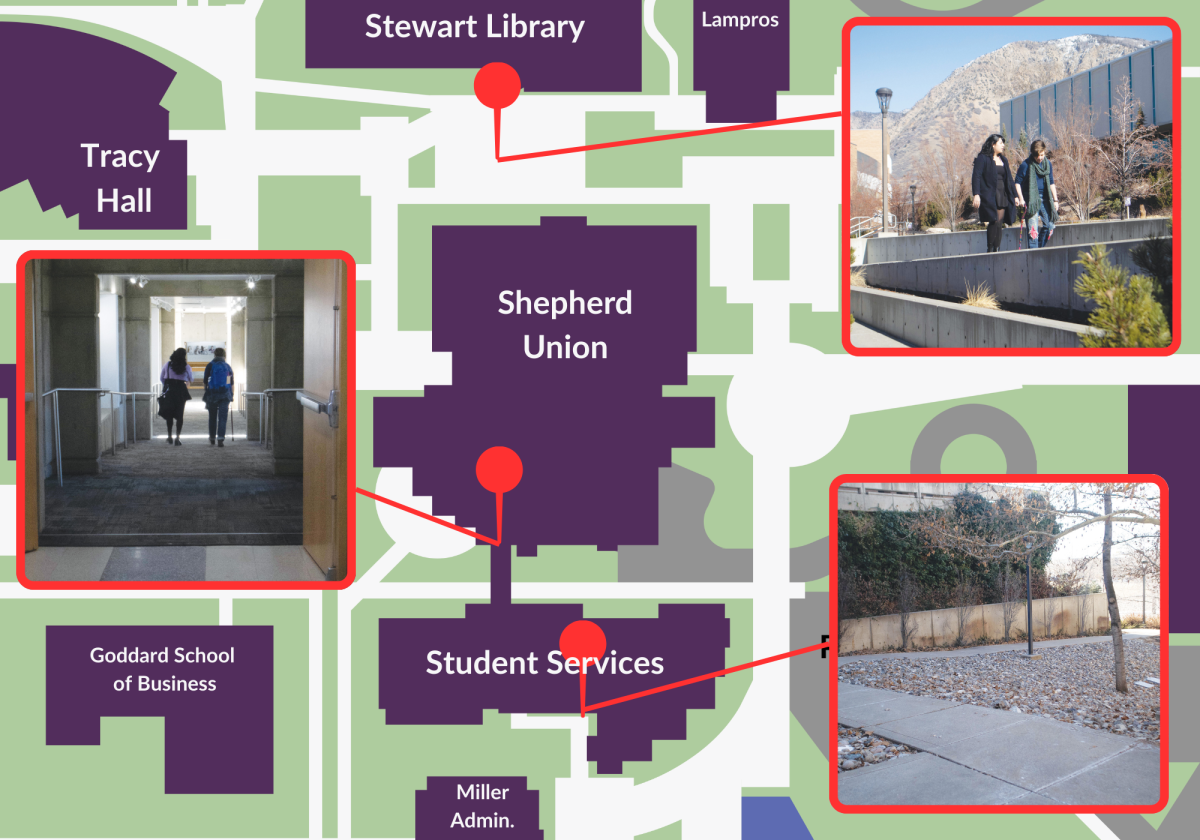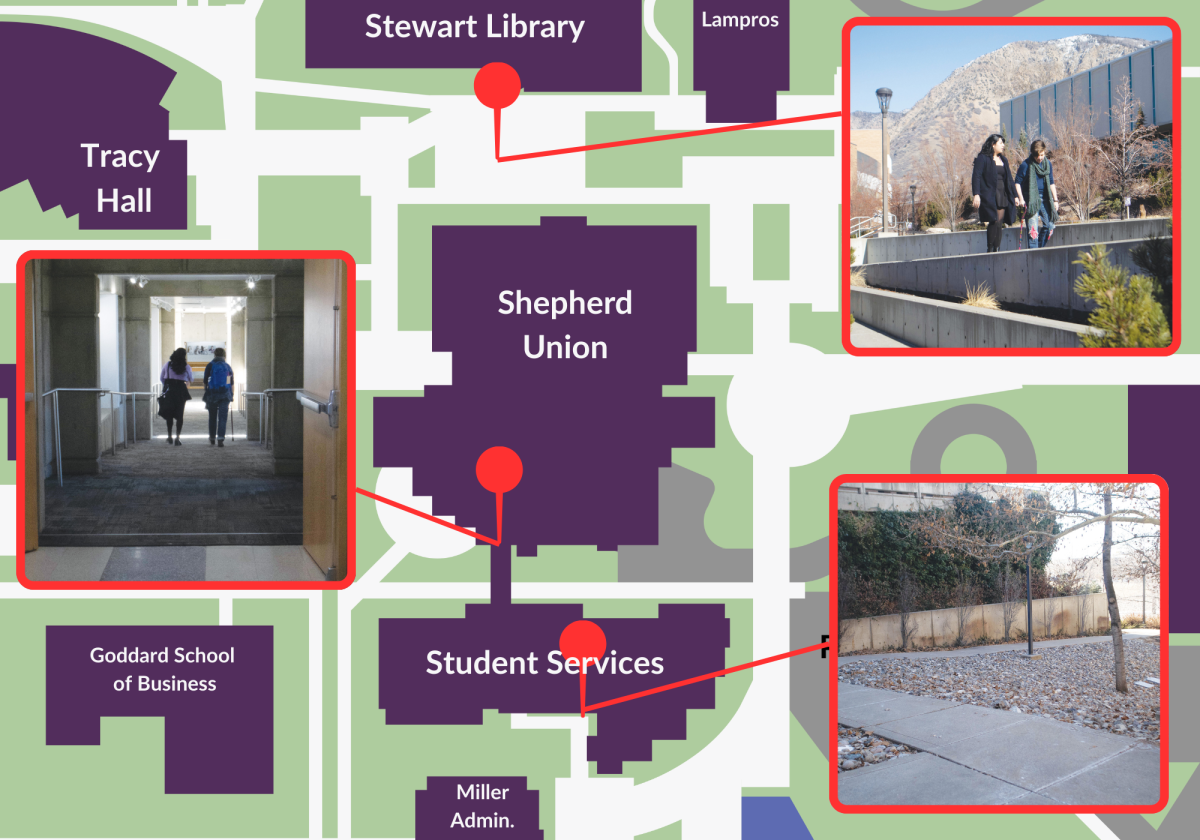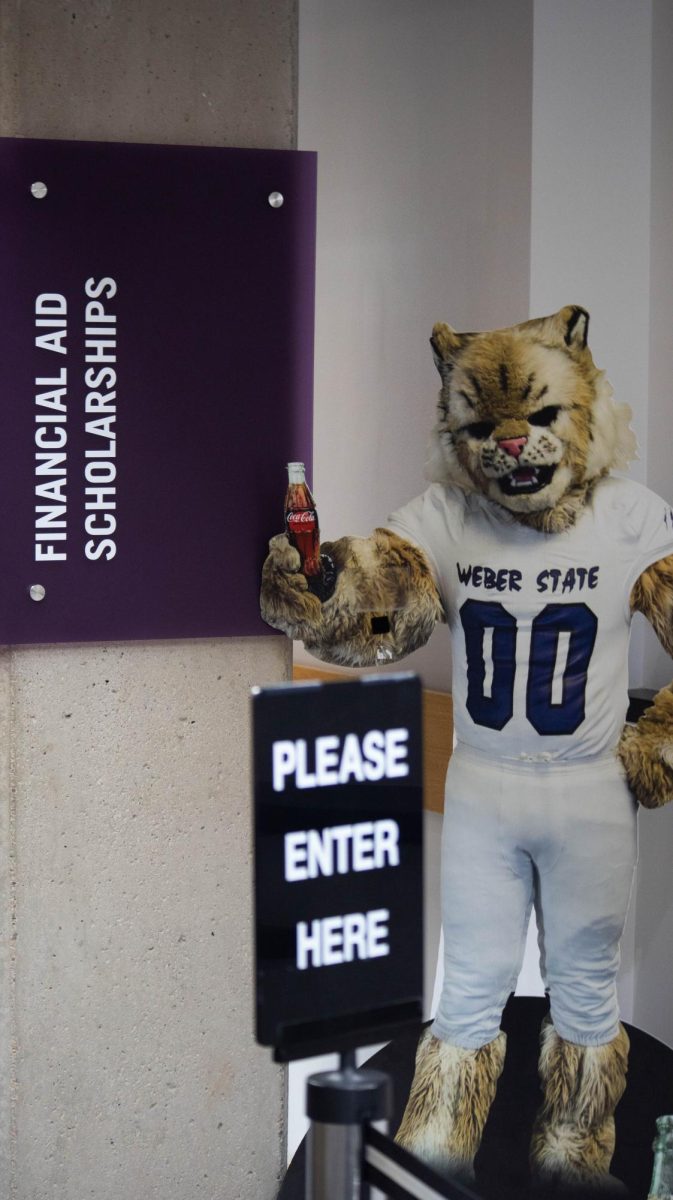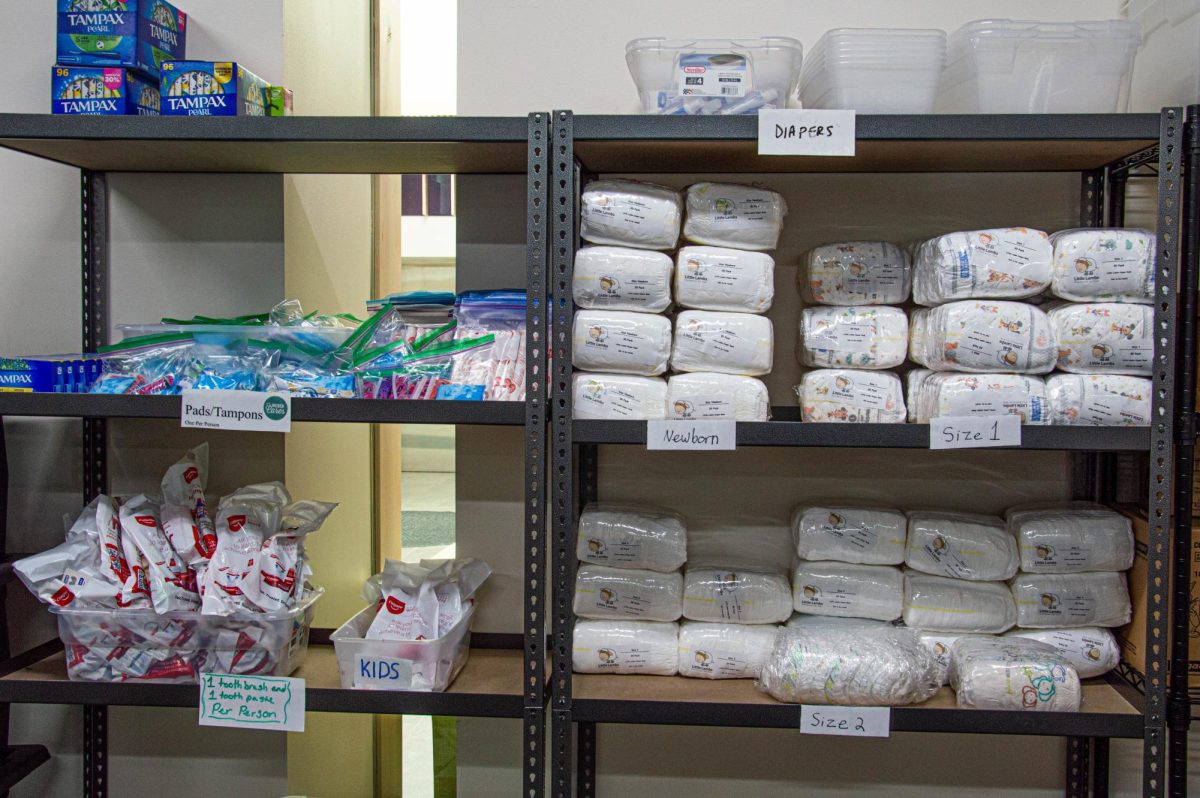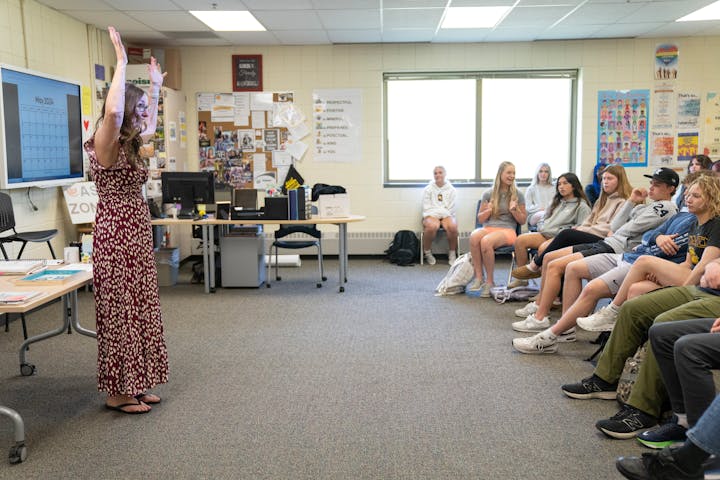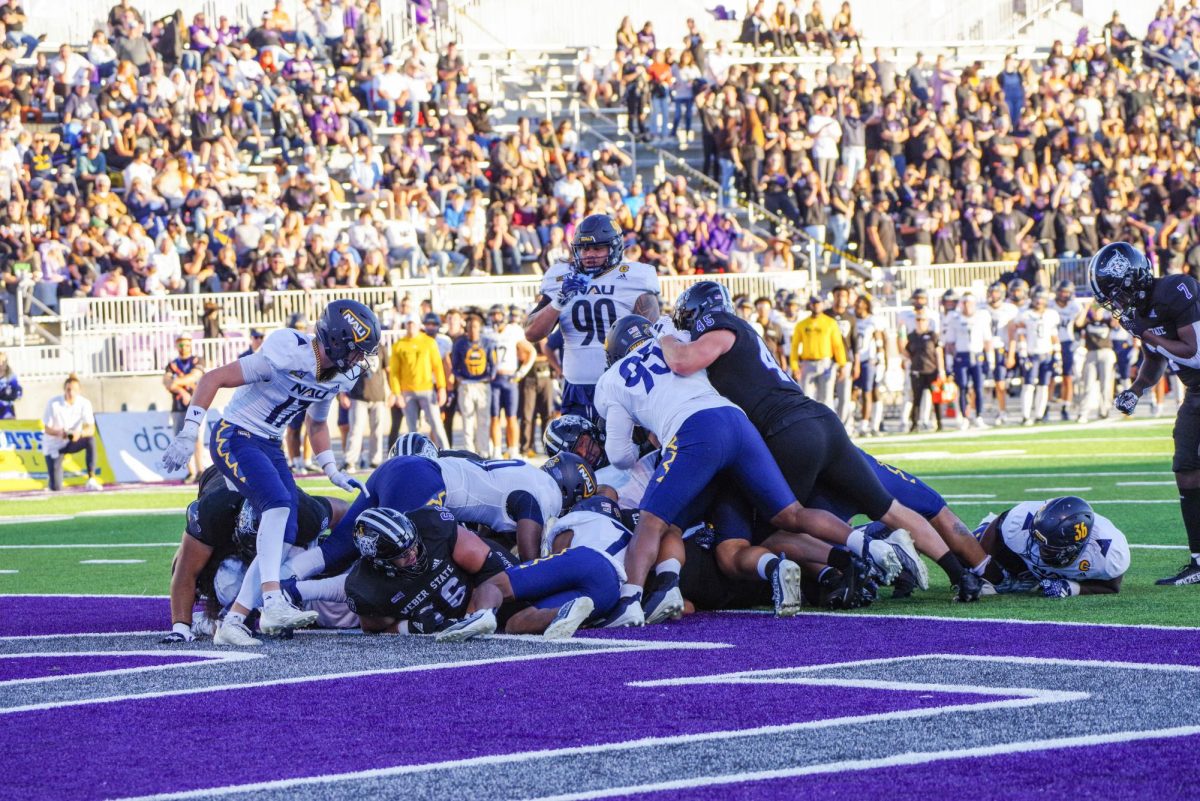By fall of 2013, the entire Wildcat Village will be open to Weber State University students.
Wildcat Village consists of three buildings. Construction on Residence Hall 1 finished in fall of 2011, and Stewart Wasatch Hall was finished in August. The entire complex will be finished next year with the completion of Residence Hall 3. Wildcat Village is being built to replace Promontory Tower, which closed in April. The courtyard between the three buildings will also be open for use, and will include a sand volleyball court, gas grills and a fire pit.
Stewart Wasatch Hall, which had its ribbon-cutting ceremony and open house on Aug. 14, will house up to 220 students. When Wildcat Village is finished, 1,000 students will be able to live on campus.
The new building includes various amenities for students, located in the middle of all three floors. The main housing office, laundry rooms, a mail center and a fitness center open to all of Wildcat Village are on the first floor. The second floor includes a balcony and the dining hall. The dining hall features a Food on Demand program, meaning students will be able to order their food through a touch screen. Students can either print out numbered receipts or be alerted via text message when their food is done.
“The cool thing is there are only about five schools in the nation that are doing Food on Demand,” said Daniel Kilcrease, the director of housing and residence life at WSU.
The third floor contains a printing station and meeting rooms. The printers can be accessed through the students’ computers.
The entire Wildcat Village project cost $20 million, which includes the cost of furniture and landscaping.
“It’s a great design,” said Brett Perozzi, associate vice president for student affairs at WSU. “We looked at what is the best design happening in the country and what would make sense for Weber State.”
Perozzi has met with the design and construction teams once a week for the past three years.
“It’s been a fun process,” he said. “I’m looking forward to it being completed.”
According to Perozzi, the reason for the destruction of Promontory Tower was that most buildings are initially designed for a certain amount of time, usually 30-40 years.
On Aug. 2, students who attended the WSU Student Association retreat stayed in the new dorms.
“It was great; it had a feel like in a college atmosphere,” said Abelardo Saucedo, the clubs and organizations vice president. “It will add a lot of life to Weber State.”
Kilcrease said he thinks students should live on campus rather than off, given the choice.
“I think that the experience is invaluable,” he said. “The opportunity that we provide through our living and learning communities, that students can engage other students in a positive atmosphere, is wonderful. You won’t get that off campus.”





